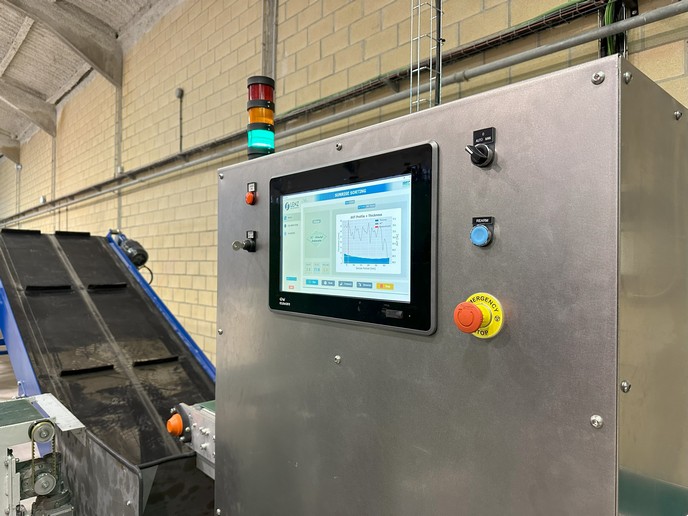Food packaging from shellfish waste
Plastic food packaging is an environmental double whammy – plastic is traditionally made from unsustainable petrochemicals and is non-biodegradable, thus contributing to the global waste problem. Recently, scientists have found that chitin from seafood waste can be used to make chitin nanofibrils, a potential bio-based polymer. The EU-funded project N-CHITOPACK (Sustainable technologies for the production of biodegradable materials based on natural chitin-nanofibrils derived by waste of fish industry, to produce food grade packaging) aimed to use chitin nanofibrils to produce antibacterial and biodegradable bioplastics for food packaging. The project produced materials for three different applications: coffee capsules, food bags and packaging films. N-CHITOPACK investigated end-user requirements for bio-based food packaging through surveys as well as a market analysis. In conjunction with a literature review, this process revealed the technical requirements for the three different applications. Researchers completed a technical analysis of chitin nanofibrils and chitosan. This has revealed that chitin nanofibrils are a safe and efficacious material for food packaging. The project produced several materials that are 100 % biodegradable and bacteriostatic (bacteria cannot reproduce on the material). N-CHITOSAN also developed an approach to incorporate chitosan-derived polymers into existing biodegradable packaging materials. The work of N-CHITOPACK will result in less waste, both for the seafood industry and the packaging industry, as well as improved economic and environmental impact.
Keywords
Food packaging, shellfish waste, biodegradable, packaging materials, chitin nanofibrils, bioplastics







